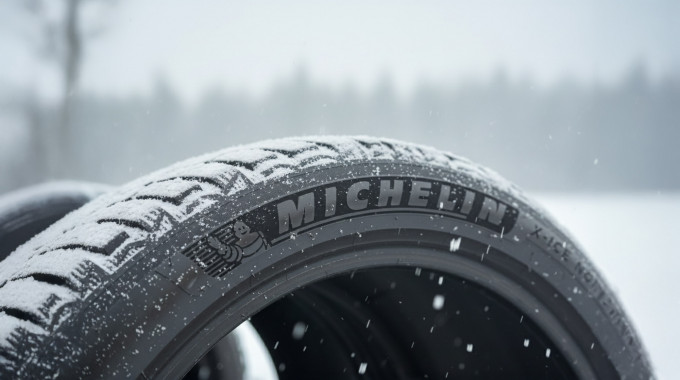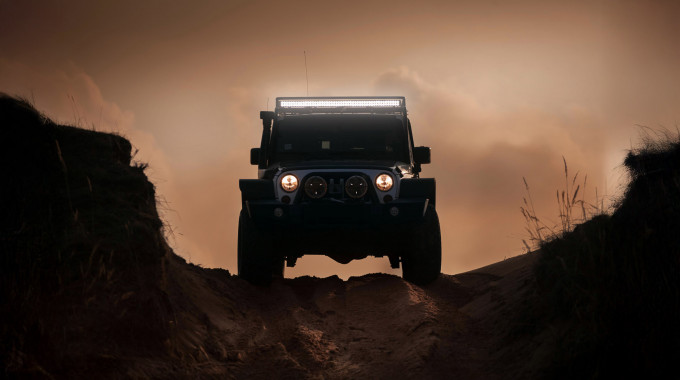
Car Safety Features [Part 3]: Centre Line Safety
Even the best drivers can use an extra pair of eyes around them, and automakers have responded with driver assist systems to provide that. These include blind-spot monitoring, lane departure warning and assist, and lane centring.
All of these are useful to drivers right now, but they’re also among the building blocks necessary for automakers to develop self-driving autonomous cars. Here’s what they are and how they work.
Blind-spot Monitoring (BSM)
Often shortened to BSM, this can go by various names, including lane change assist or side assist. Some automakers use proprietary names, such as Ford’s Blind Spot Information System, or BLIS.
BSM uses cameras or sensors that monitor the sides of the vehicle. When they detect another vehicle alongside, most show a warning light in the mirror (see photo below), or on the windshield pillar beside it. The system only works when you’re travelling above a pre-set speed, so the warning doesn’t stay on when you’re stopped beside other vehicles.

An example of BSM on the side exterior mirror | Photo: Toyota
Honda uses a system, called Lane Watch, that broadcasts a video in the centre infotainment screen of what’s alongside the vehicle’s passenger side whenever you activate the right-hand turn signal. Hyundai, Kia and Genesis have a similar system, but it shows both sides of the vehicle, depending on what turn signal you’ve activated, and displays it in the instrument cluster.
With most systems, if you activate the turn signal when another vehicle is alongside, you’ll get a warning chime, or the light will flash, or both. With some of the more sophisticated systems, if you start to change lanes anyway, your vehicle will help get you back into your lane.
On some pickup trucks, the BSM system adapts when the truck is towing, and will indicate when other vehicles are alongside the trailer, as well as the truck.
Blind-spot monitoring is a very useful safety technology, but it’s not a substitute for checking your blind spots before changing lanes. Your mirrors should show a wide area alongside your vehicle. If you can see the side of your car in your mirrors, they’re not set properly, and should be adjusted out until your vehicle is no longer visible to you.
Many blind-spot systems also include cross-traffic alert. Whenever the shifter is in Reverse, this technology “looks” to the left and right. When it detects oncoming traffic, it sends a warning as BSM does, with a light or chime. Unlike BSM, it works even if your vehicle isn’t moving. It’s very handy when you’re backing out of a parking space and can’t see around the vehicles beside you to check for oncoming traffic.
Lane Departure Warning System (LDW)
Often shortened to LDW, lane departure uses cameras and sensors to detect lane markings. If you start to veer over the line, you’ll get a warning, such as a chime, a vibration or tug in the steering wheel, or a rumbling sound out of the stereo speakers.

Lane Departure Warning System (LDW) | Photo: Mazda
LWD won’t come on if you have your turn signal activated. It’s intended to warn you that you’re not paying attention and you’re drifting out of your lane. It only works above certain speeds, and not when you’re driving slowly in city traffic or a parking lot.
Lane departure has limitations. Since it “reads” the lane markings, it may not work if the lines are worn, or if they’re covered in snow or in very heavy rain. The system may also get confused in road construction areas when new lanes are painted in a different colour over old ones to indicate a change in traffic patterns. Always pay attention and don’t depend solely on this technology.
Lane Keeping Assist (LKA)
Your vehicle’s lane departure system may also include lane keeping assist (LKA). As with LDW, you will get a warning if your vehicle strays out of its lane. If you continue to veer out, the LKA will help bring you back into your lane.
Depending on the system, it may do this by lightly applying the brakes on one side of the vehicle. Others will use the electric power steering to help guide the vehicle back. It will be a nudge, rather than wrenching you over, but it means it’s time to watch what you’re doing.
Below, a quick video of how Honda’s LKA technology works on the 2018 Accord:
Lane Centring Assist
If a vehicle has lane centring, it’s usually tied in with adaptive cruise control – which automatically maintains a pre-set distance from the vehicle in front – and usually only works at higher speeds, such as on the highway.
As with lane keeping, it identifies the markings on both sides of the lane, but then stays between them. You will feel the steering wheel moving slightly when it makes adjustments to stay in the centre. The lane markings must be visible, and not badly worn or covered with snow, for the system to work. If the right-hand lane marking veers off into a highway exit ramp, the system may start to follow it, so you have to pay attention.
Most of these are intended only as driving assist systems. If you take your hands off the wheel for too long, you’ll first get a warning and then, if you don’t hold the wheel, the lane centring will shut off. A few very sophisticated systems, such as GM’s Super Cruise or Tesla’s Autopilot, will allow you to let the car drive and steer for you under certain conditions, but you still need to pay attention in case you’re required to take over again.
More content about







